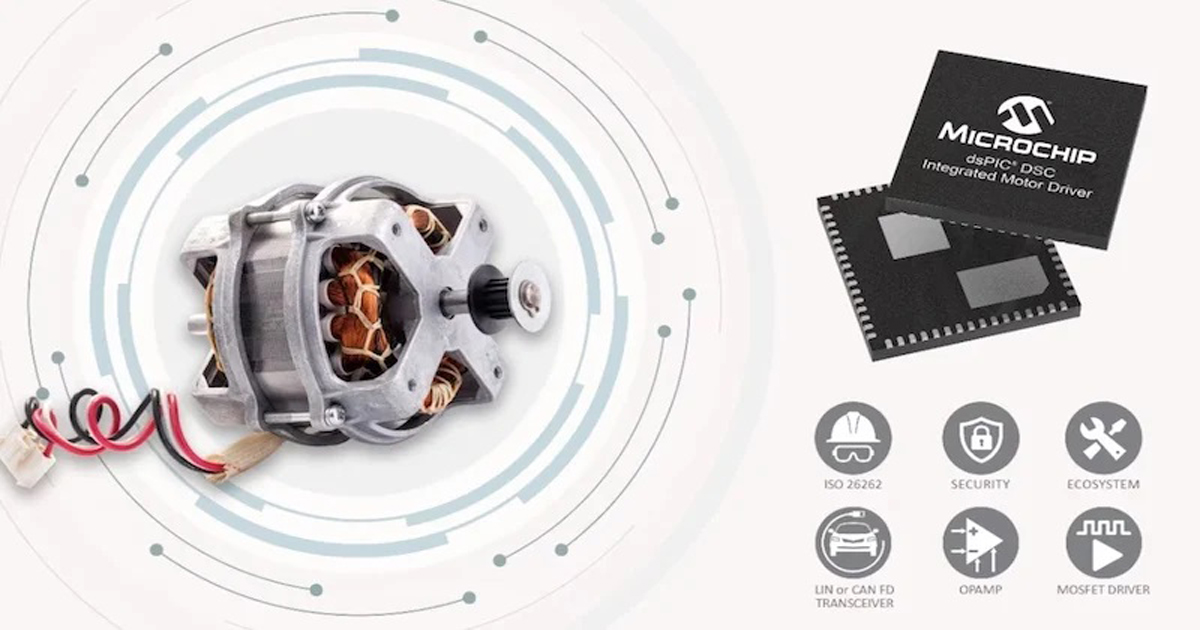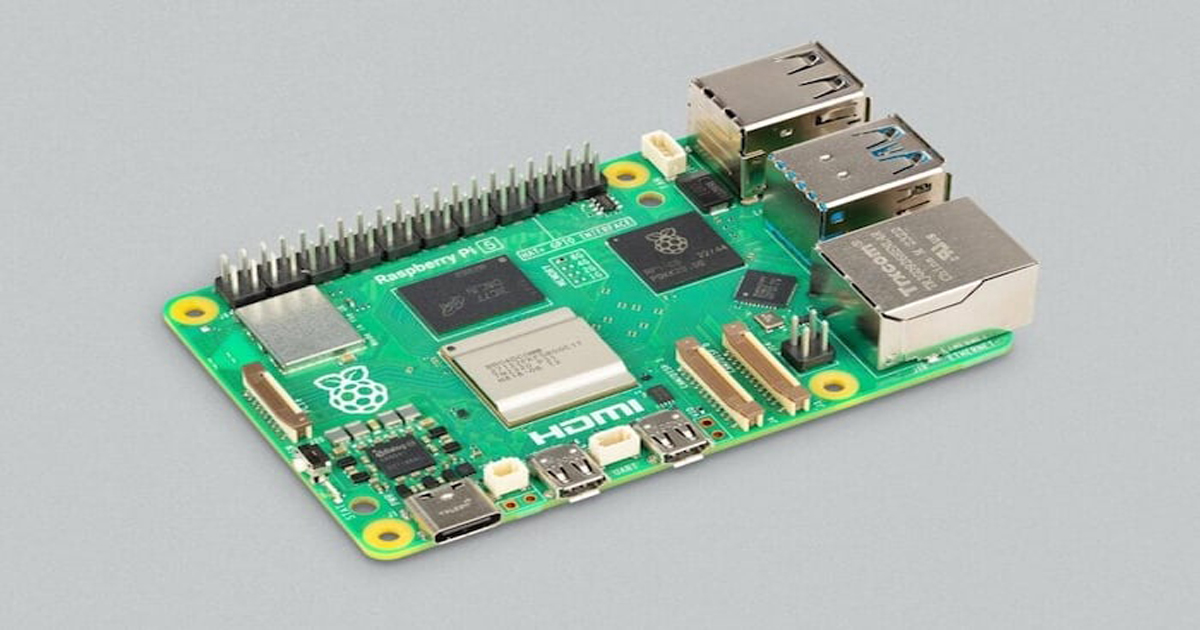New MOSFETs Touted for Power Savings, Performance, and Packaging
Some of the biggest impacts in power electronics stem from MOSFET innovation. Here are a few importable offerings from Rohm, Littelfuse, and Magnachip.
The landscape of power electronics is currently evolving, especially as high-power solutions like electric vehicles, data centers, and renewable energy are gaining momentum. Last month, three industry leaders—Rohm, Littelfuse, and Magnachip—unveiled their latest MOSFET technologies, each addressing unique challenges in their respective sectors.
Let’s take a look at the fferings from each group to learn more about the state and direction of the power industry.
Rohm's Dual MOSFETs Leap in Efficiency and Space-Saving
Rohm introduced a new five-model lineup of 100 V dual MOSFET solutions.
According to the company, the new FETs are tailored for fan motors in communication base stations and industrial equipment. These sectors are increasingly transitioning from the conventional 12 V/24 V setups to 48 V systems to reduce current values and achieve higher efficiency. In such systems, the MOSFETs need to withstand a voltage of 100 V to account for voltage fluctuations.
.jpg)
ROHM’s new FET offerings integrate two transistors into a single package.
These new 100 V FETs simultaneously meet these requirements while also offering significant advantages in terms of power consumption and space. For instance, replacing two single-chip TO-252 MOSFETs with one of Rohm's new HSOP8 dual MOSFETs can decrease the footprint by 77%, according to Rohm. This space-saving feature is increasingly important as industrial equipment and communication base stations strive for more compact and efficient designs. Additionally, RDS(on) values for this lineup can reach as low as 15.1 mΩ for N-channel offerings and 148 mΩ for P-channel offerings.
The new products are part of the HP8KEx/HT8KEx (Nch+Nch) and HP8MEx (Nch+Pch) series.
Littelfuse Optimizes Automotive-Grade MOSFETs
Littelfuse has also expanded its MOSFET portfolio with the IXTY2P50PA.
.jpg)
RDS(on) vs. drain current for the IXTY2P50PA.
Littelfuse says this AEC-Q101-qualified transistor is its first automotive-grade PolarP P-Channel Power MOSFET. One of the standout features of this MOSFET is its low conduction loss, characterized by a maximum on-state resistance of 4.2 Ω. Additionally, the MOSFET offers excellent switching performance due to its low gate charge of 11.9 nC, enabling fast and efficient operation. With an avalanche energy of 150 mJ and a dynamic dv/dt rating of 10 V/ns, this FET aims to serve automotive applications requiring durability and reliability.
Furthermore, the IXTY2P50PA's compact TO-252 (DPAK) footprint allows for a power-dense PCB design, resulting in significant space savings. This is particularly beneficial for automotive manufacturers aiming to optimize their applications and achieve greater functionality within limited space.
Magnachip Introduces More MOSFET Package Types
In early October, Magnachip Semiconductor Corporation unveiled its 8th-generation 150 V MXT MV MOSFETs.
.jpg)
Magnachip’s 8th-gen MOSFET comes in new packages like D2PAK-7L and PDFN56.
The MXT MV MOSFETs add to Magnachip's product portfolio of 40~200 V trench MOSFETs. The flagship of this new series is the MDES15N056PTRH, which boasts a 22% reduction in RDS(on) compared to its previous iteration. Specifically, this device achieves RDS(on) as low as 5.6 mΩ and a blocking voltage of 150 V, making it well-suited for applications like battery management systems and motor control.
Magnachip aims to develop small yet efficient MOSFETs to fit into increasingly compact electronic devices. The company tackles this challenge by introducing new surface-mount type packages, such as D2PAK-7L (TO-263-7L) and PDFN56, providing more flexible design options. Moreover, the Figure of Merit (FOM) has been improved by 23% and 39% for MDES15N056PTRH and MDU150N113PTVRH, respectively. This improvement signifies a leap in the overall performance for these MOSFETs.
Improvements for Power FETs
The recent advancements in MOSFET technology by Rohm, Littelfuse, and Magnachip each address the industry's pressing need for higher efficiency and smaller form factors. While each solution targets a slightly different use case and application, they each mark improvements over the previous generation, showing that the field still has room to evolve.



